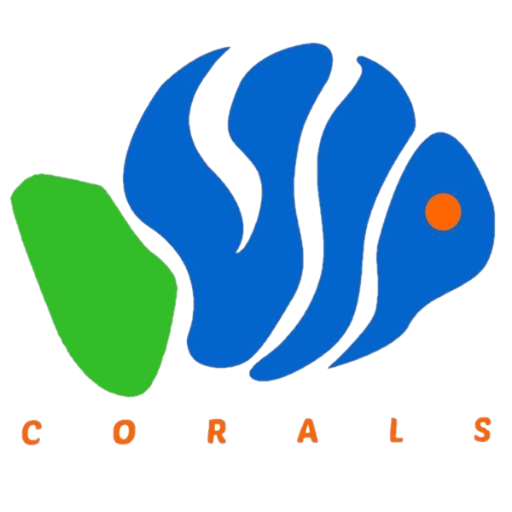Authors
Miguel Azcuna, Lilibeth Salvador-Reyes, Jortan Tun, Arturo Lluisma, Iris Diana Uy, Lovette Cunanan, Maria Auxilia Siringan, and Gisela P. Concepcion
2019
Abstract
This study characterized the biosynthetic potential of the bacterium Achromobacter xylosoxidans strain ISP2-142-O-2-A associated with the sponge Haliclona sp. nov. Chemistry- and bioactivity-guided purification of extracts from A. xylosoxidans afforded three compounds (1–3). The nucleoside 5’-deoxyadenosine (Compound 1) showed significant HIV cytoprotection activity with no cytotoxic activity to normal mammalian cells. The alkylquinolines 2-heptylquinolin-4-ol (Compound 2) and 2-nonylquinolin-4-ol (Compound 3) showed antimicrobial activity against Staphylococcus aureus and cytotoxicity to normal mammalian cells. This is the first report of Compounds 1–3 in A. xylosoxidans, and it is proposed that they have distinct roles for the bacterium to persist as a sponge-associated microorganism. Genomic analysis revealed the presence of 10 biosynthetic gene clusters (BGCs), indicating the potential of A. xylosoxidans strain ISP2-142-O-2-A as a source organism for other classes of bioactive natural products.
characterization_of_the_biosynthetic_potential
